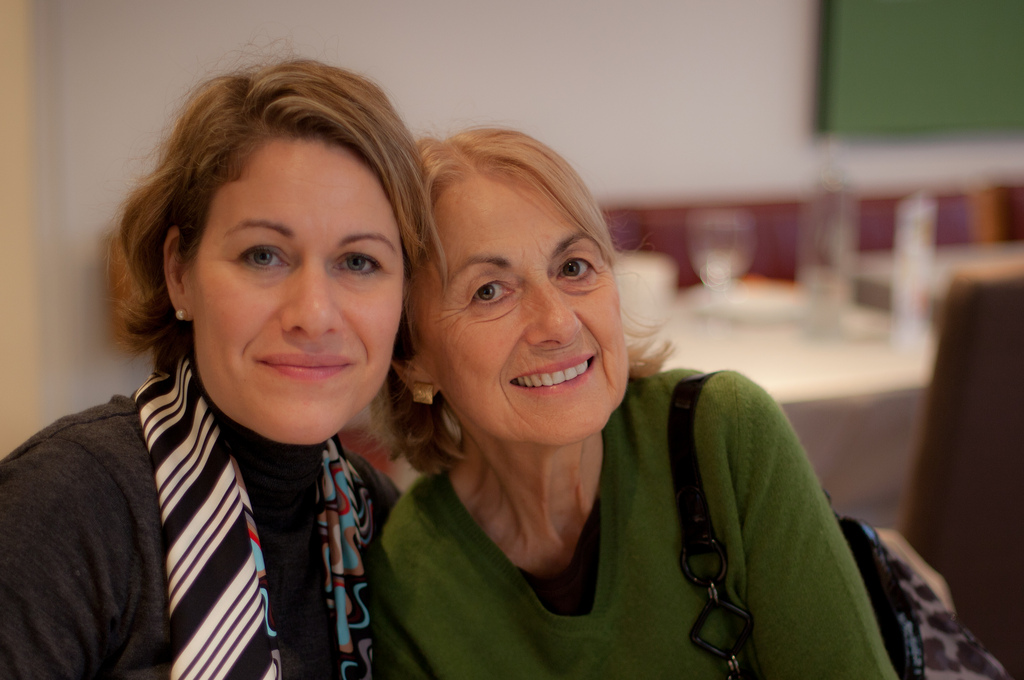Where The Needs Of Others Come First · Available 24x7 For Emergencies

Simple Steps Can Keep Seniors Home Instead of Headed Back to the Hospital
When a senior is in the hospital because of an injury or illness, the hospital staff, family caregivers, and the senior herself all share a common goal: getting her back home as soon as possible! Unfortunately, we know from statistics that often we accomplish that goal in a short-sighted manner. When an elderly person arrives at home without adequate preparation for the coming days and weeks, the result is another trip to the hospital with further complications. Many states are now instituting policies that aim to lower the readmission rate through simple but effective means.
New Jersey is close to finalizing its version of the CARE act, a law that establishes a few of these policies for hospitals. The three points of the law are a great guide for seniors, families, and hospitals in California as well:
Step One: Establish the Family Point of Contact
When a senior is admitted to the hospital, hopefully there are lots of family members coming to help. However, doctors and nurses don’t necessarily know who to give important instructions to about care after discharge. When a senior is first admitted, a primary family caregiver needs to be identified, named, and afterward informed about any prescriptions, medical care, and other procedures for post-discharge recovery.
Step Two: Keep the Caregiver Notified
It may seem like the obvious next step, but New Jersey’s CARE act specifies that a hospital needs to notify the designated family caregiver any time the senior patient is moved or discharged. With this step in place, it is less likely that a senior will spend time alone at any point, responsible for getting herself the care and medications she needs. Even a senior who is capable of arranging a taxi ride home, for example, is unlikely to remember all the prescriptions and other instructions she received at the end of a stressful hospital visit.
Step Three: Give the Caregiver Instruction and Education
Perhaps the most important step is making sure that the primary family caregiver understands how to care for the senior patient. It’s easy for hospital staff to take it for granted that a family member knows how to measure blood pressure, monitor vital signs, administer prescriptions carefully, and help handicapped seniors transition from the bed, chair, toilet, and bathtub safely. Often that is not the case, though, and the CARE act seeks to ensure that each family caregiver has access to the necessary instruction and education.
That designated family caregiver is not alone in his or her responsibilities, however. In-home care can provide an immense amount of support, including handling many of the tasks mentioned above. The transition from hospital to home is an ideal one for seeking the help of a compassionate caregiver who can back up the efforts of family members who may feel overwhelmed.
Photo by Lars Plougmann 
Originally posted 2014-10-02 10:30:01.
